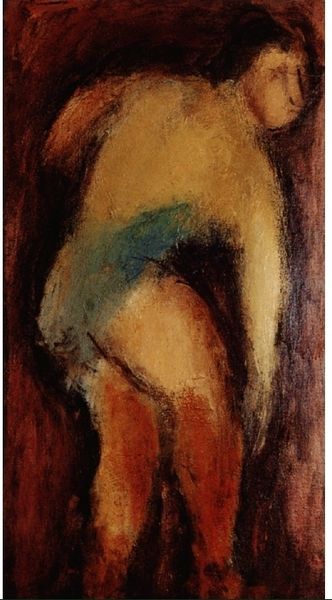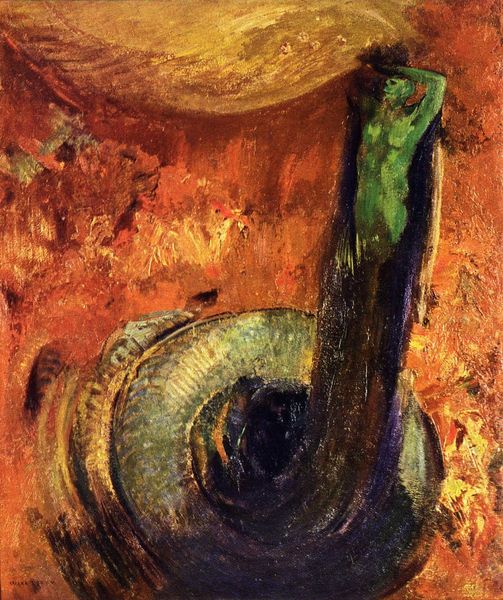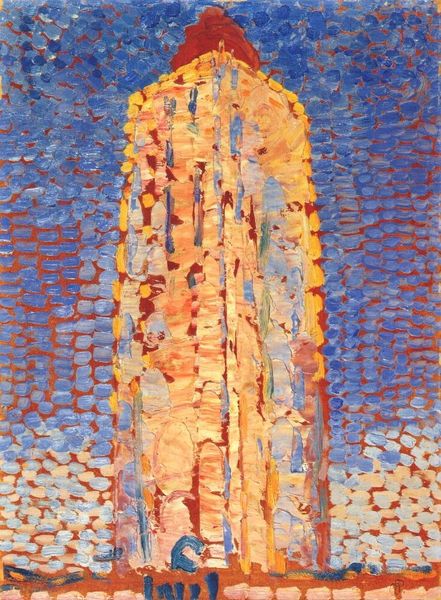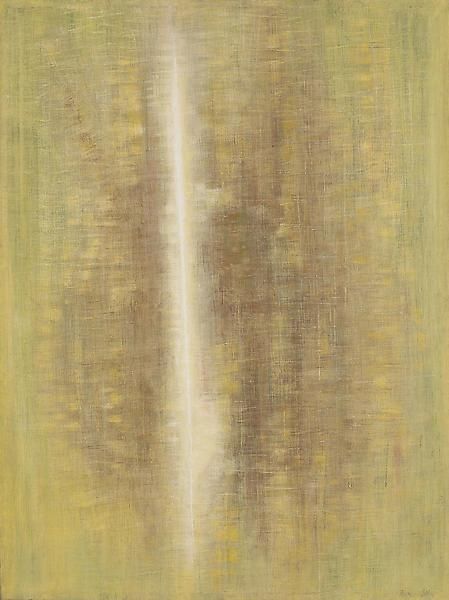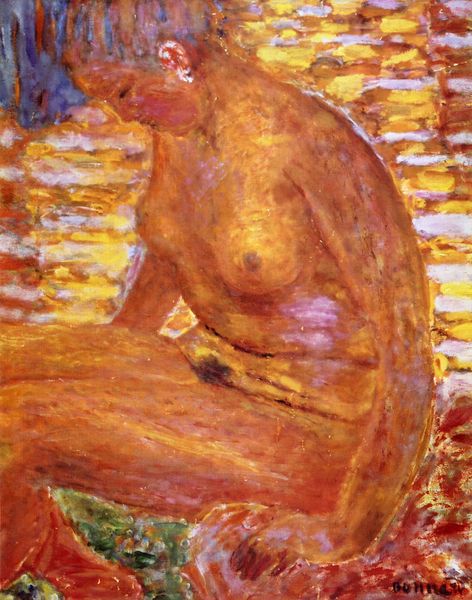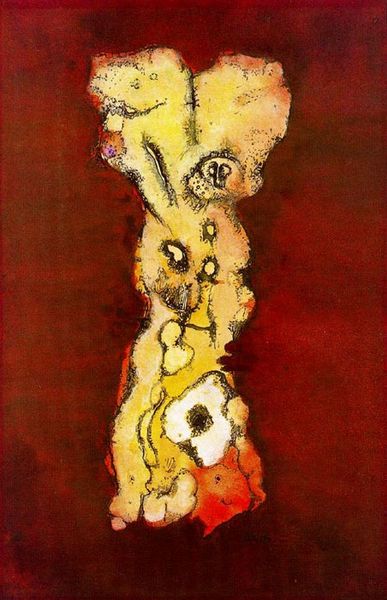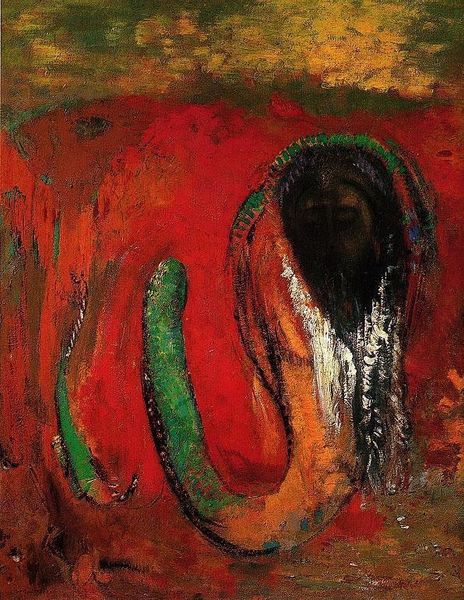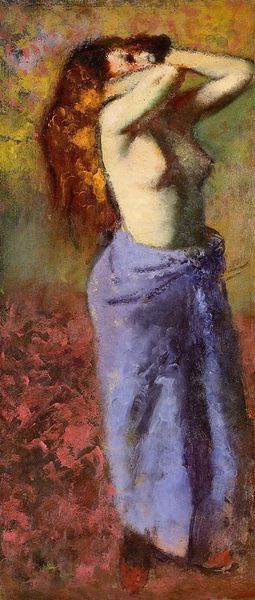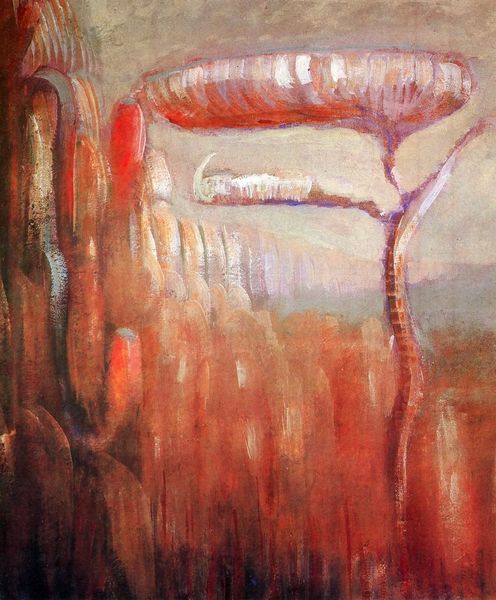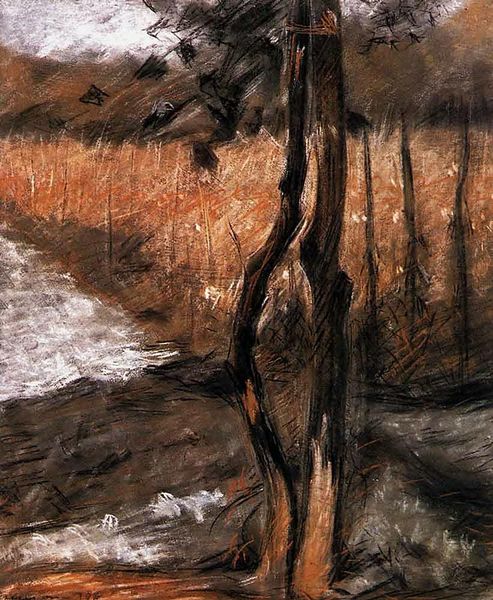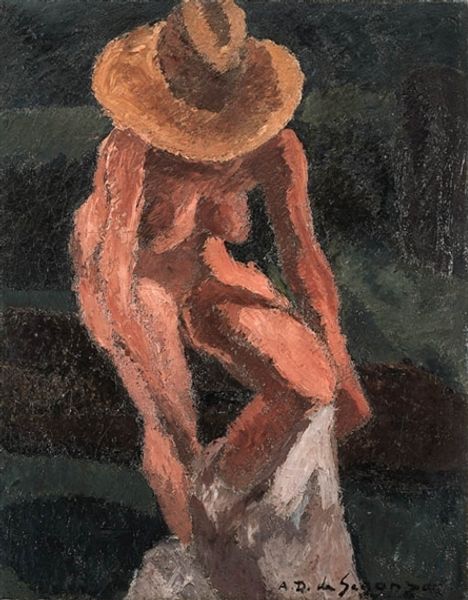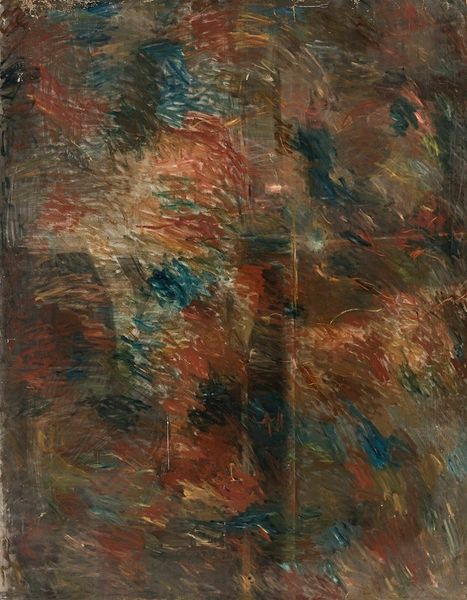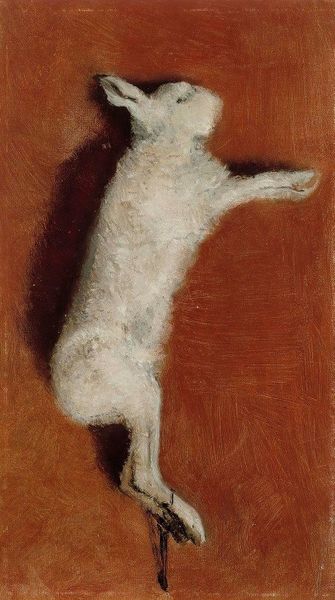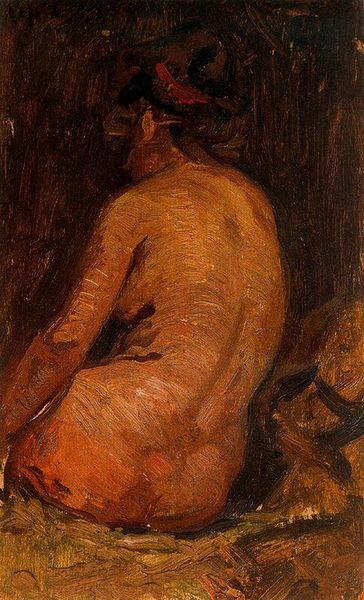
oil-paint
#
portrait
#
animal
#
impressionism
#
oil-paint
#
impressionist landscape
#
oil painting
#
animal portrait
Dimensions: 89 x 35 cm
Copyright: Public domain
Editor: We're looking at Gustave Caillebotte's "Hare," painted in 1882. It’s an oil painting of a dead hare hanging vertically. The stark image is kind of unsettling. What are your initial thoughts on it? Curator: The subject is undeniably blunt, a dead animal rendered with Impressionist brushstrokes. Consider the context: Caillebotte came from a wealthy family involved in the textile industry, likely connected to hunting and consumption. This artwork can be viewed as a critical comment on societal practices. Do you think this perspective alters your initial assessment of the artwork? Editor: It does. Thinking about it as a statement is interesting. It's not just a pretty picture, it brings in questions of morality, even... Curator: Exactly. Consider the artistic trends of the time, too. Many Impressionists focused on light, landscapes, leisure. Caillebotte chooses a different path. He presents this vulnerable creature to us. Editor: Why do you think he chose to paint it so starkly? Curator: Caillebotte was attuned to social realities. This depiction challenges the conventional idyllic representations within Impressionism. It pushes viewers to confront uncomfortable aspects of our relationship with the natural world. Is there an element of commentary on class dynamics within that period as well? Editor: That makes me see it in a new light. So, from an aesthetic scene of leisure to a symbolic depiction of both social issues and our relationship with animals...I wouldn't have seen that without your insight. Curator: Art unveils our deeply rooted relations, both historically and for contemporary times. It calls us to have dialogues on sensitive topics and further critical discussions on what these art pieces truly represent.
Comments
No comments
Be the first to comment and join the conversation on the ultimate creative platform.
